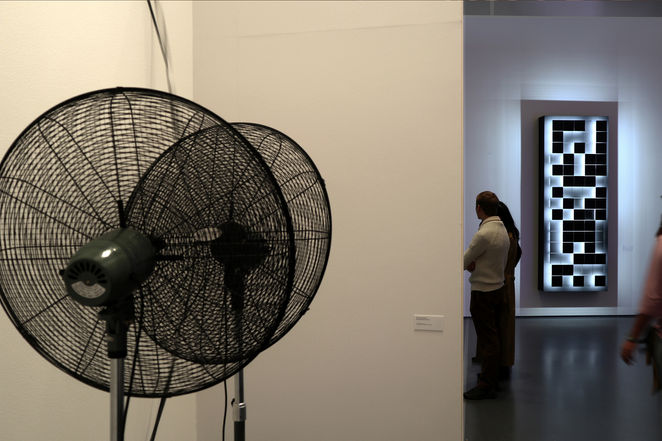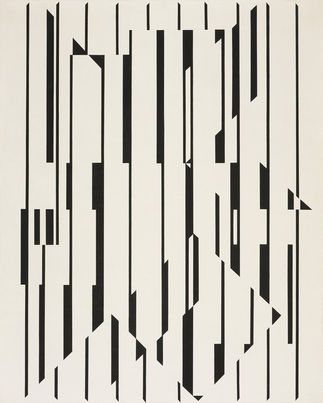top of page

about
The exhibition 'Action <-> Reaction. 100 years of kinetic art' in the Kunsthal Rotterdam presents an impressive historical overview of kinetic art, the abstract art movement of the twentieth century in which light and movement are central. Around eighty works by the most famous artists who contributed to the development of kinetic art can be admired. From pioneers such as Marcel Duchamp, Alexander Calder and Victor Vasarely to winged names such as Julio Le Parc, Gerhard von Graevenitz, Christian Megert, Bridget Riley, Yayoi Kusama, Jan van Munster and Dan Flavin and younger generations including Jeppe Hein, Žilvinas Kempinas, and LAb[au]. Also on display is work by Heinz Mack, Otto Piene and Günther Uecker of the German avant-garde group Zero. The Kunsthal Rotterdam is proud that in 2018, in close collaboration with the Réunion des musées nationaux - Grand Palais, Paris, more than 100 years after the emergence of this art movement, it will be able to show a prestigious retrospective in the Netherlands with 'Action <-> Reaction'. about the kinetic art of the past in the light of the performative arts of today. The exhibition is divided into twelve themes that deal with different aspects of perception and phenomenal experience, including light, movement, rhythm, structure, vibration, space, radiation, immateriality and rotation. All works of art touch different senses and create special perceptions precisely through the participation of the viewer. Feel, look, hear and experience the rhythms, vibrations, vortices and force fields up to the cosmos: Action <-> Reaction!
presented artworks
artwork: mosaique 5x15 black-white
agenda
...
list of artists
Carlos Cruz-Diez, Alexander Calder, Anish Kapoor, Ann Veronica Janssens, François Morellet, František Kupka, Jan van Munster, Jeppe Hein, Jesus-Rafael Soto, John M. Armleder, Julio Le Parc, Philippe Decrauzat, Pol Bury, Yayoi Kusama, Zilvinas Kempinas, Marcel Duchamp, Victor Vasarely, Bridget Riley, Heinz Mack, Otto Piene en Günther Uecker, Gerhard von Graevenit, Hans Haacke, Dan Flavin, Nicolas Schöffer,
group shows by the Belgian art studio LAb[au] working on the crossing of art & language, art & architecture in the tradition of conceptual, concrte, kinetic and digital art
bottom of page





















